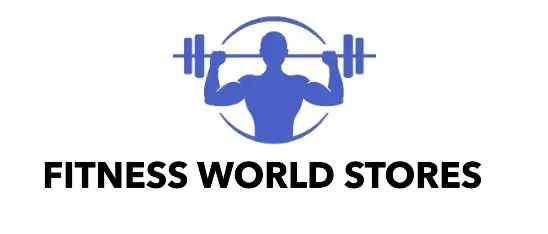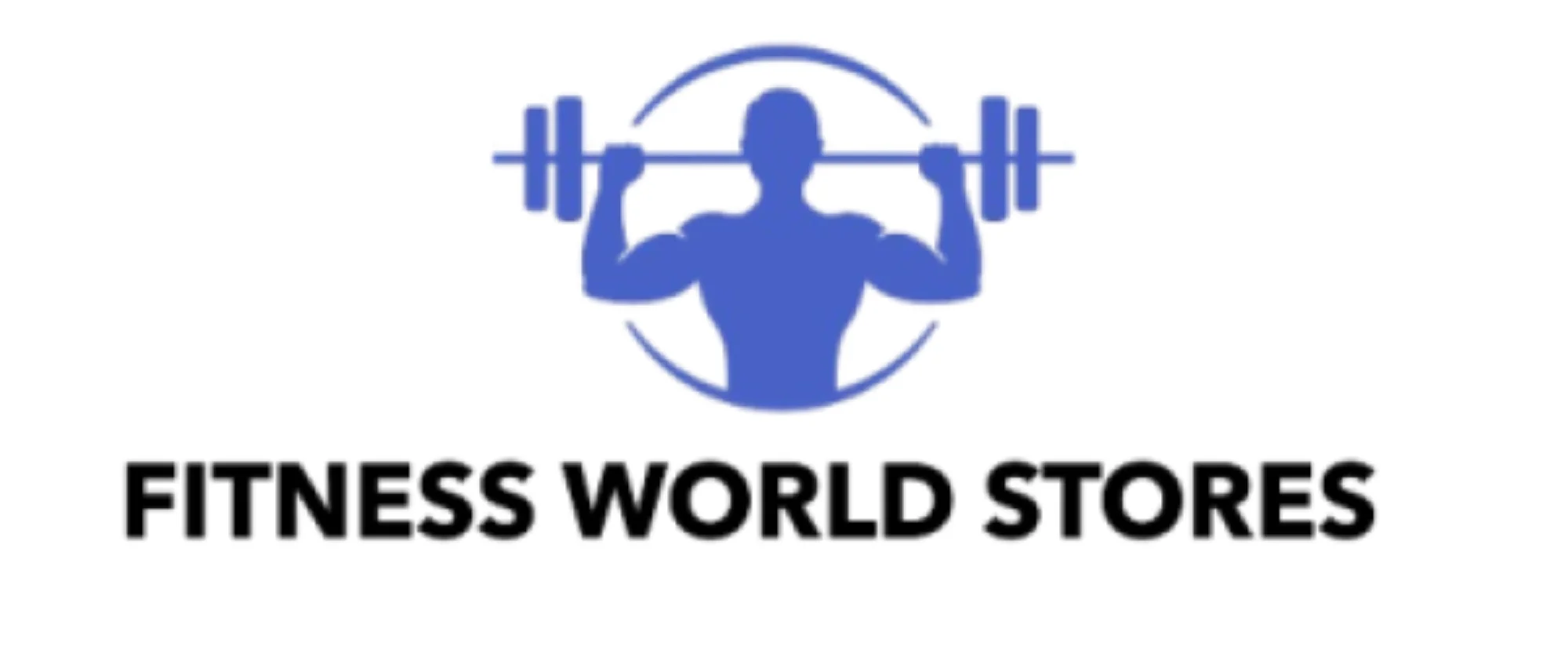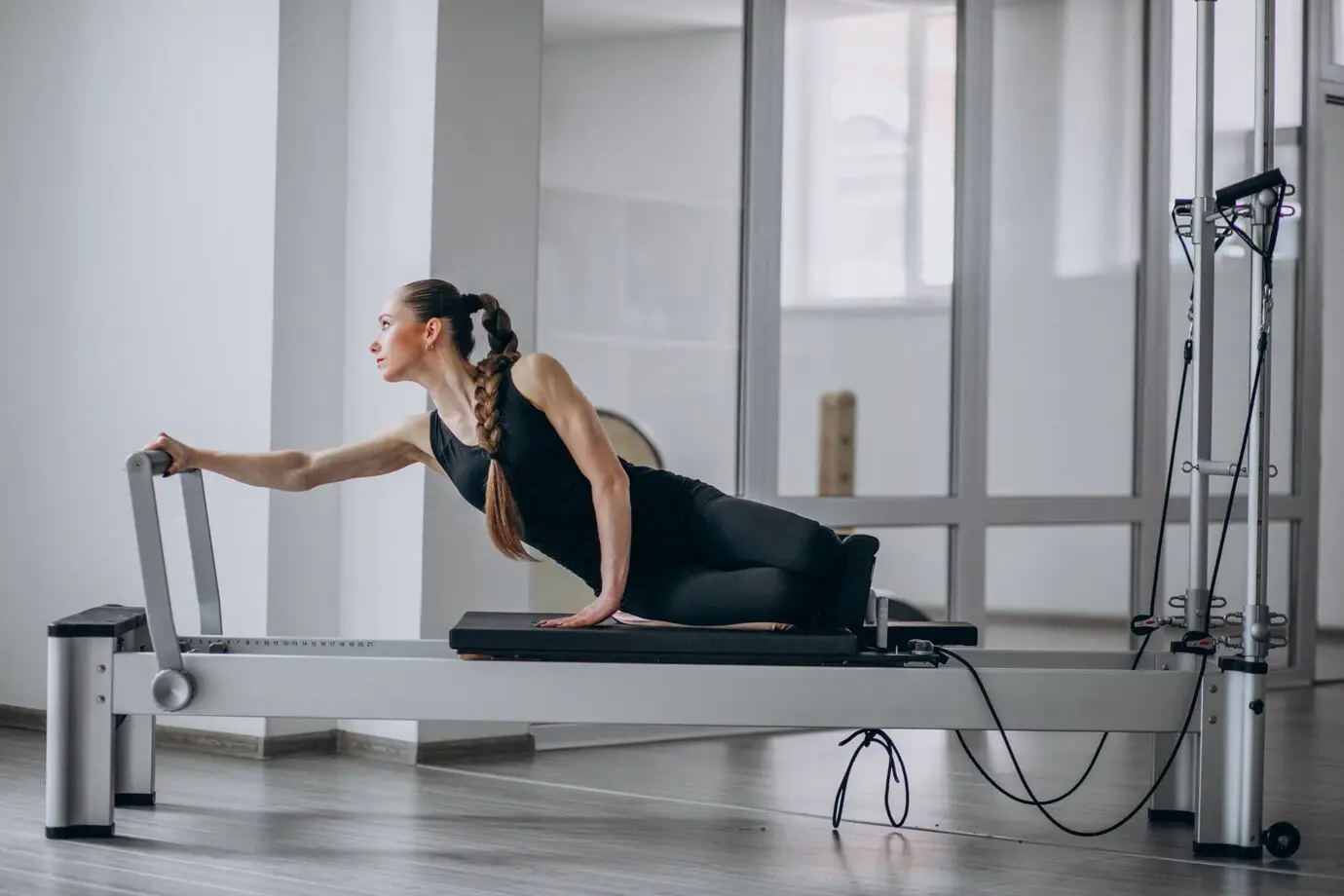Injury recovery and rehabilitation are crucial processes for anyone looking to regain their physical strength and mobility.Among the various tools and techniques available, the balanced body reformer has emerged as a highly effective piece of equipment for aiding recovery and promoting overall wellness.
Known for its versatility and adaptability, the balanced body reformer offers a unique approach to rehabilitation that caters to a wide range of injuries and physical conditions.
Understanding the Balanced Body Reformer
The balanced body reformer is a specialized piece of exercise equipment designed to provide a full-body workout while focusing on core strength, flexibility, and balance. It consists of a sliding carriage attached to springs, allowing for resistance-based exercises that can be adjusted to suit different fitness levels and rehabilitation needs.
The reformer’s design enables users to perform exercises in various positions—lying down, sitting, standing, and even kneeling—making it an incredibly versatile tool for rehabilitation professionals and patients alike.
Low-impact, High-Reward Exercises
One of the key benefits of the balanced body reformer in injury recovery is its ability to facilitate low-impact exercises. For individuals recovering from injuries, particularly those affecting joints or soft tissues, high-impact activities can often hinder the healing process. The reformer’s smooth, gliding movements minimize stress on joints while still providing effective resistance training.
Customizable Resistance for Progressive Rehabilitation
A standout feature of the balanced body reformer is its adjustable resistance system. By modifying the number and tension of springs attached to the carriage, therapists can tailor the resistance to each patient’s specific needs and abilities.
As recovery progresses, the resistance can be gradually increased, allowing for a controlled and steady improvement in strength and mobility.
Improving Core Strength and Stability
Many injuries, particularly those affecting the back, hips, or lower extremities, benefit greatly from improved core strength and stability. The balanced body reformer excels at targeting the core muscles through various exercises.
By engaging the deep abdominal muscles, lower back, and pelvic floor, reformer exercises help build a strong foundation for overall body stability.
Enhancing Flexibility and Range of Motion
Restoring flexibility and range of motion is often a key goal in rehabilitation. The balanced body reformer offers a range of exercises that gently encourage increased flexibility without putting undue stress on healing tissues.
The sliding carriage allows for controlled stretching movements, while the resistance provided by the springs helps strengthen muscles through their full range of motion.
Balance and Proprioception Training
Many injuries, especially those affecting the lower extremities, can impact an individual’s balance and proprioception the body’s ability to sense its position in space. The body reformer provides an excellent platform for retraining these skills.
The unstable nature of the moving carriage challenges the body’s balance systems, promoting better coordination and spatial awareness.
Addressing Muscle Imbalances
Injuries often lead to muscle imbalances, where certain muscle groups become weaker or tighter than others. The body reformer is particularly effective in addressing these imbalances. Its design allows for isolated muscle work, enabling therapists to target specific muscle groups that may need extra attention.
Conclusion
The balanced body reformer stands out as a versatile and effective tool in the realm of injury recovery and rehabilitation. Its ability to provide low-impact, customizable exercises that target strength, flexibility, balance, and core stability makes it an invaluable asset in the rehabilitation process.


